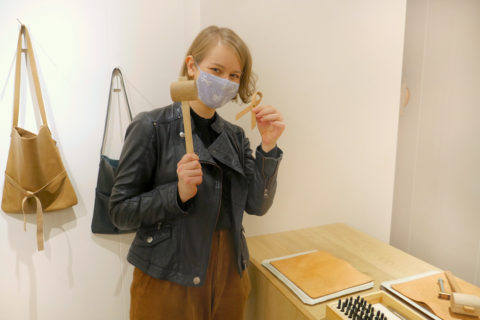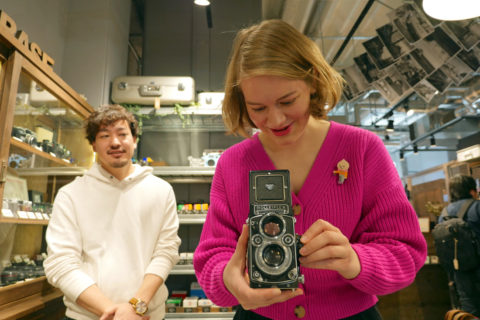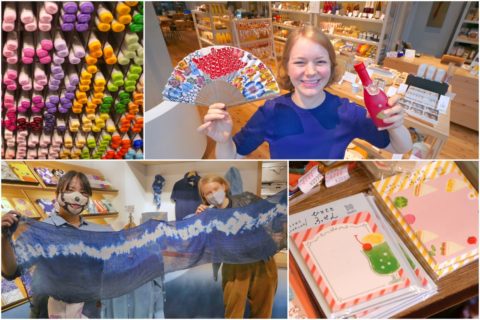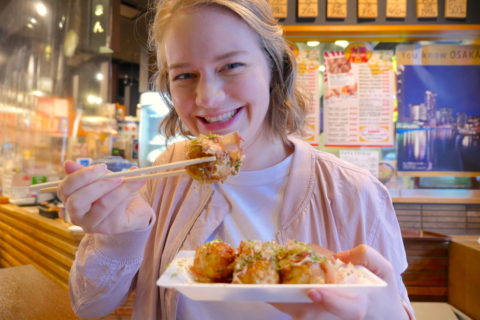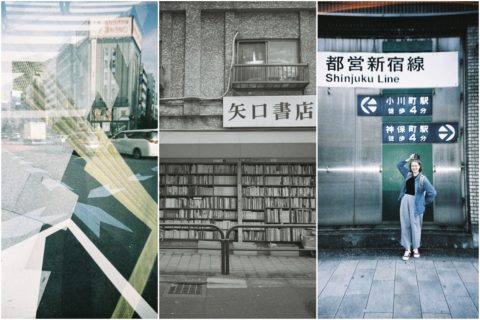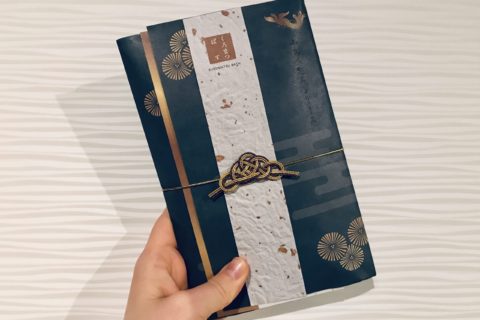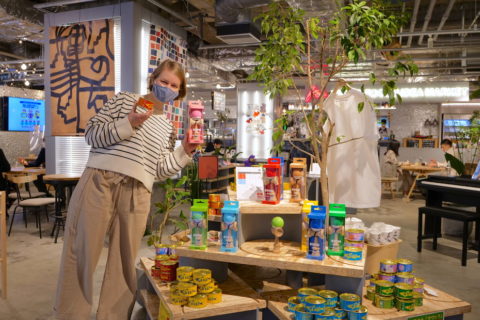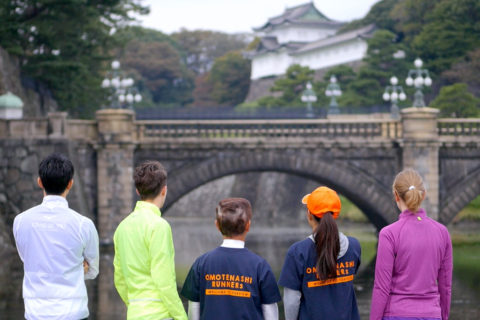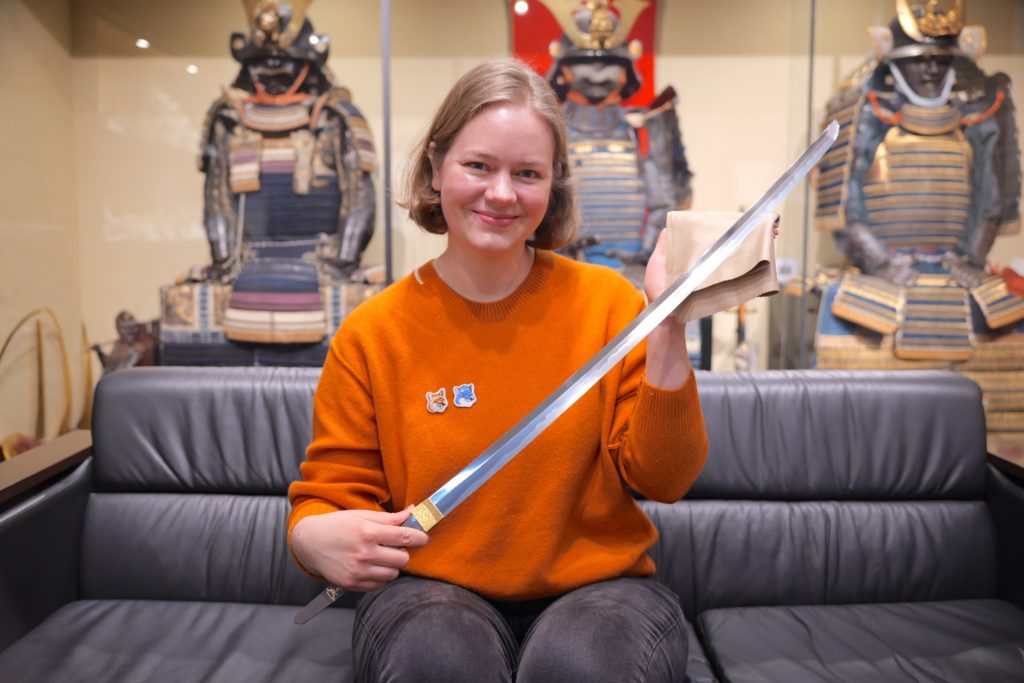
Japanese swords (nihontō / katana) were born as weapons but are also works of art. If properly cared for, they can be passed down from generation to generation for hundreds or even thousands of years. Real swords are extremely expensive due to their historical and artistic value, but they are truly fascinating! For this article, I, Marei (editor-in-chief of VISIT CHIYODA), visited one of Japan’s largest Japanese sword stores in Tokyo to learn more about the fascination of Japanese swords!
Content
Japanese Sword Specialty Store “Ginza Seiyudo”
Ginza Seiyudo is one of the largest Japanese sword stores in Japan, located on the second floor of the “Tokyo Kotsu Kaikan” mall at Yurakucho. The store always has over 200 swords, tsuba (handguards), and samurai weapons on display. Additionally, the store features real armor, making me feel as if I had stepped back in time to the days of the samurai.
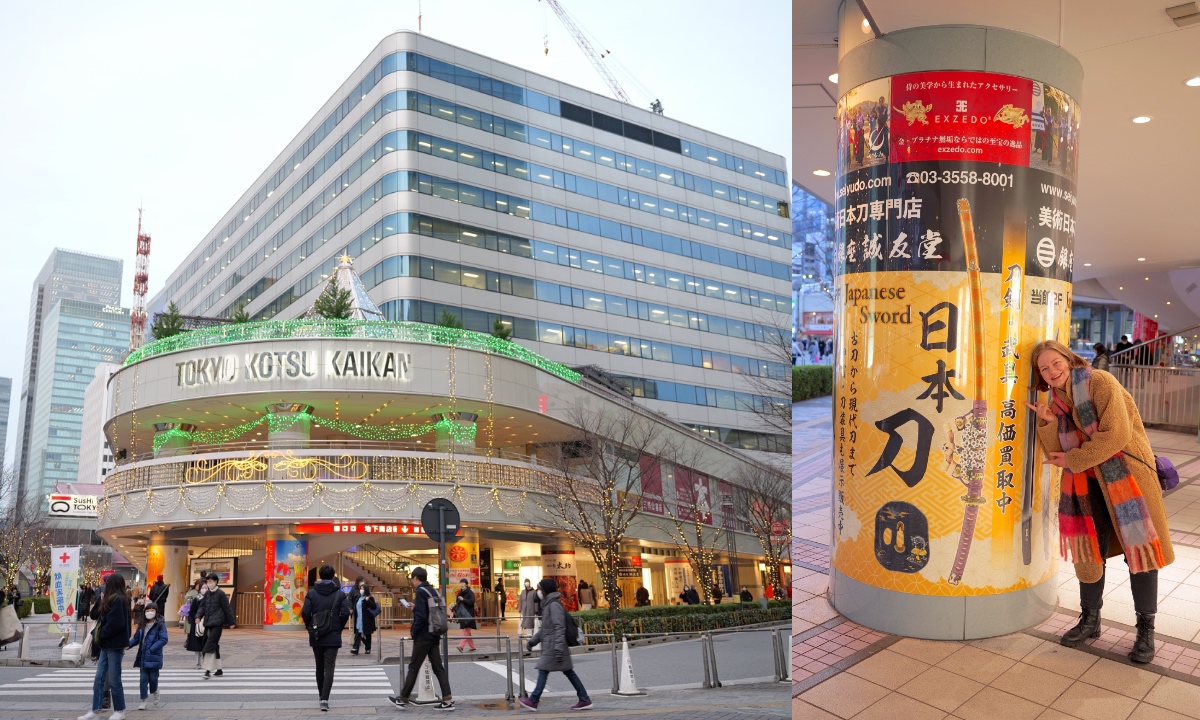
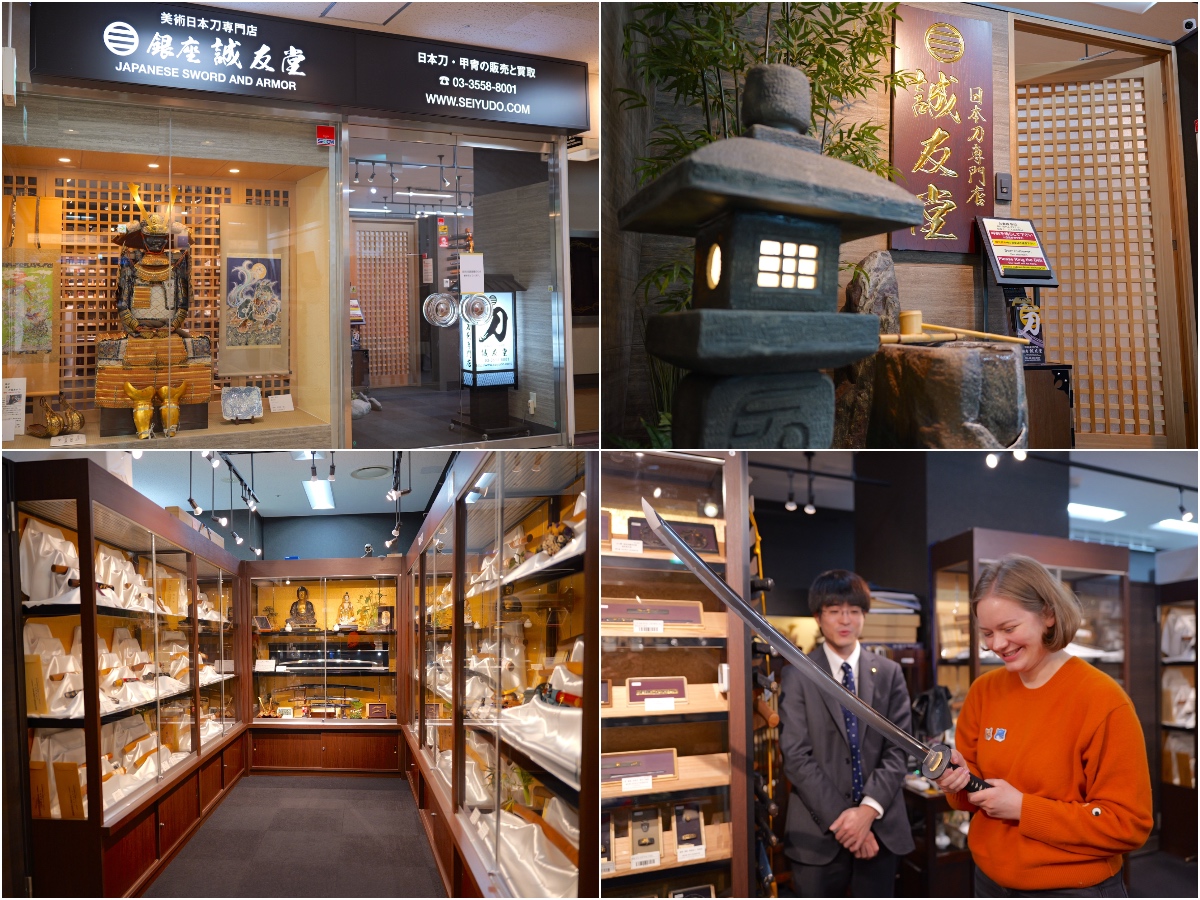
How Much Do Japanese Swords Cost?
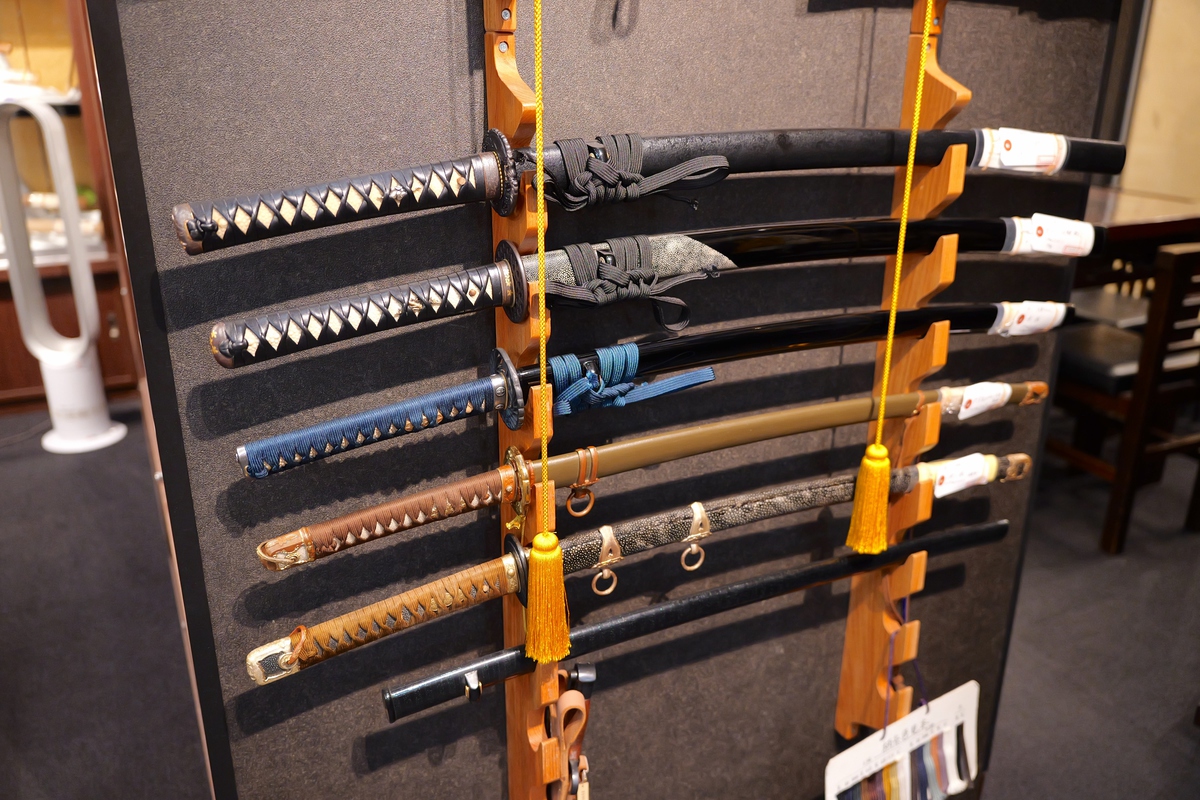
Japanese swords can be purchased without special qualifications. However, they are not inexpensive. Even modern or contemporary swords, if made by a famous swordsmith, can be quite pricey. Good swords start at 200,000 to 230,000 yen. Short swords will cost around 200,000 yen, and long swords around 500,000 yen.
There are several ranks of swords, and the most valuable ones are classified as important cultural properties or national treasures. For swords in this class, permission is required to buy or sell. Other Japanese swords can be bought and sold, and even taken outside of Japan. However, Japanese swords may be treated as weapons in some countries, so you should check the laws carefully before purchasing.
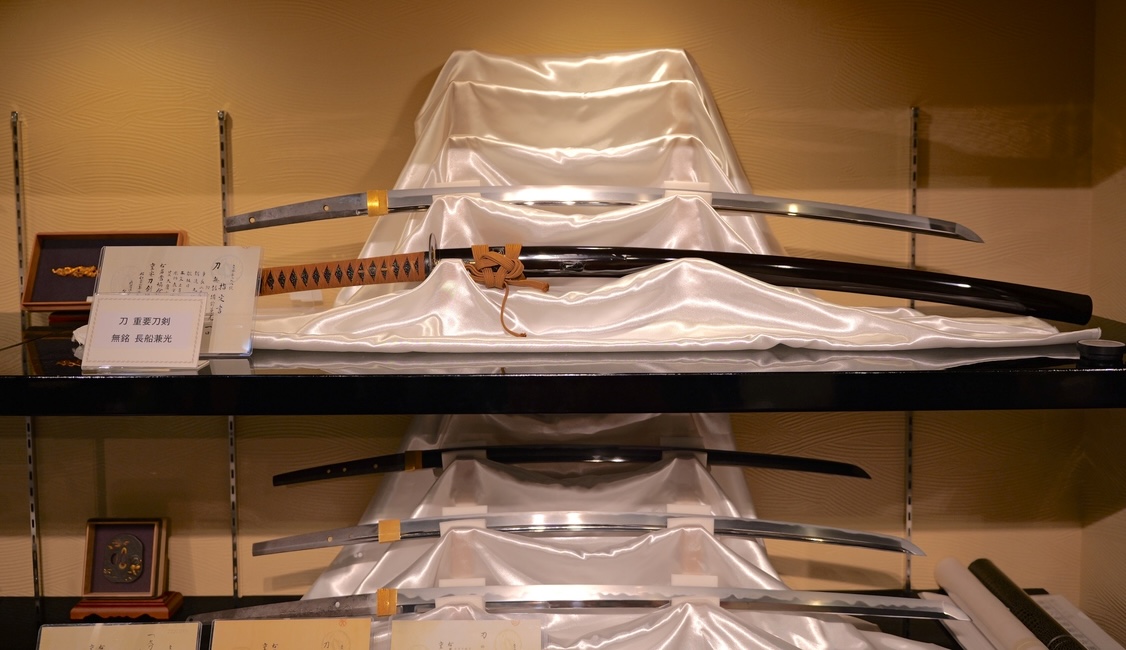
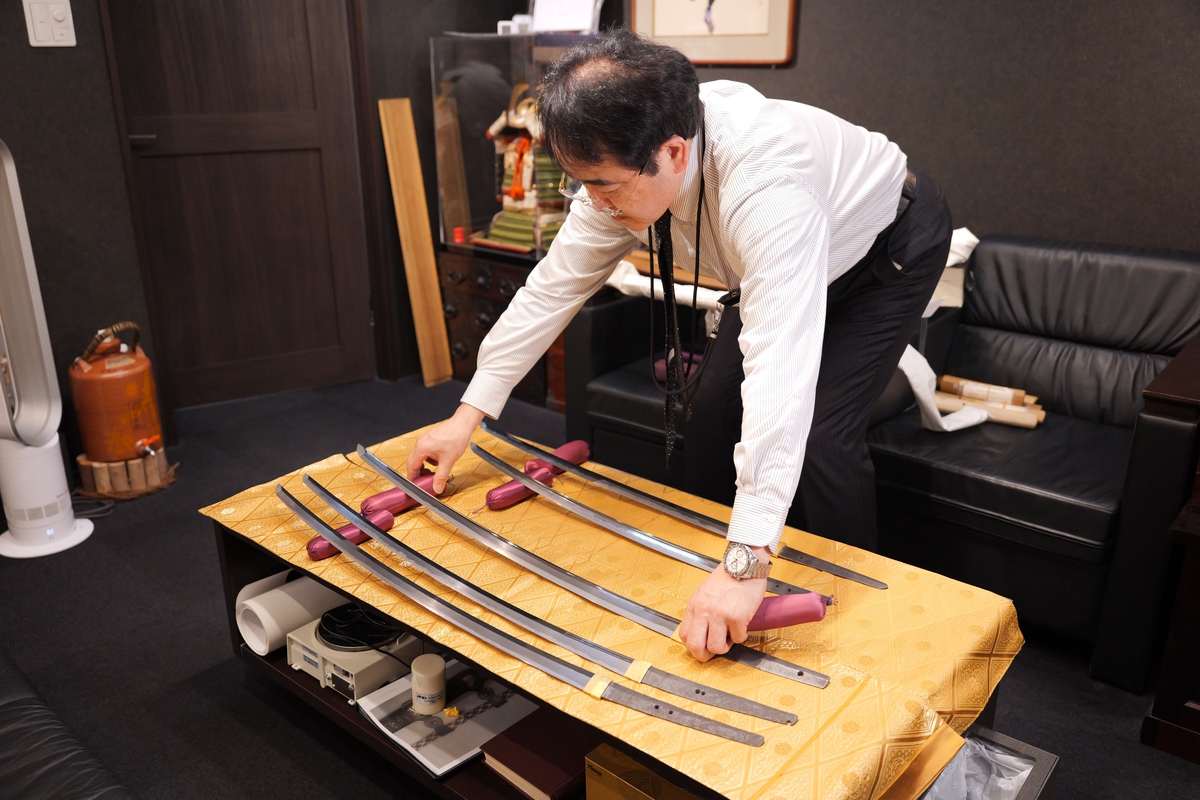
The well-preserved swords look shiny as if created recently, which is truly amazing considering their age of several hundred years.
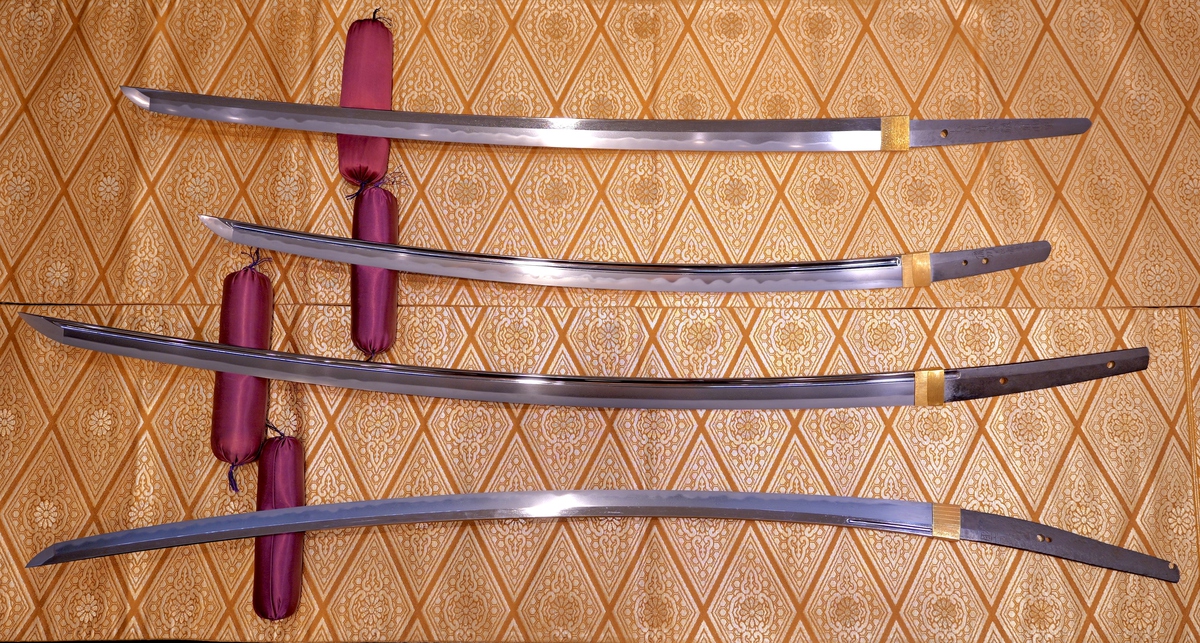
The most expensive Japanese swords shown to us at the store were priced at 30-40 million yen each, meaning that you could purchase a first-class condominium in Tokyo for that price!
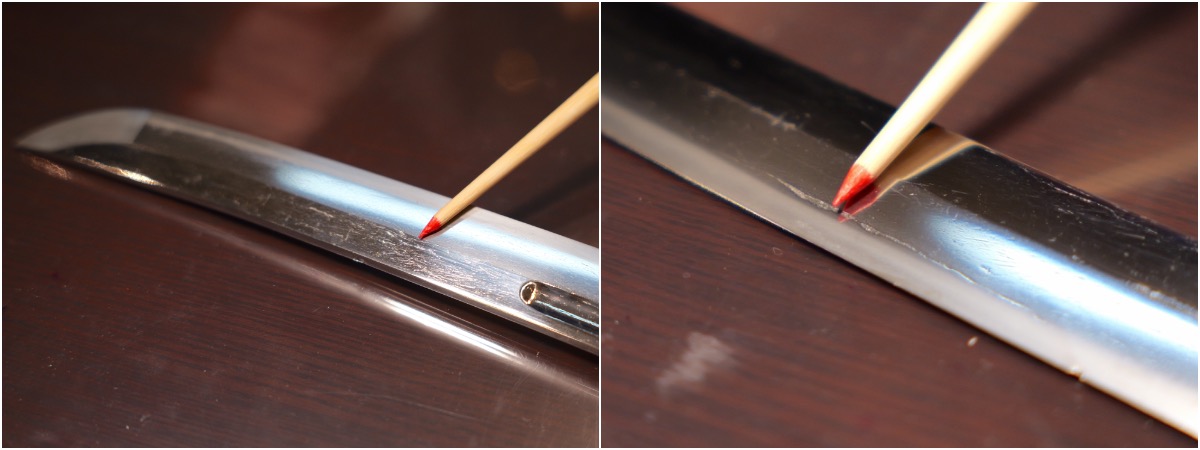
Sword Basics: The Length and Curve of a Sword Differ from Period to Period!
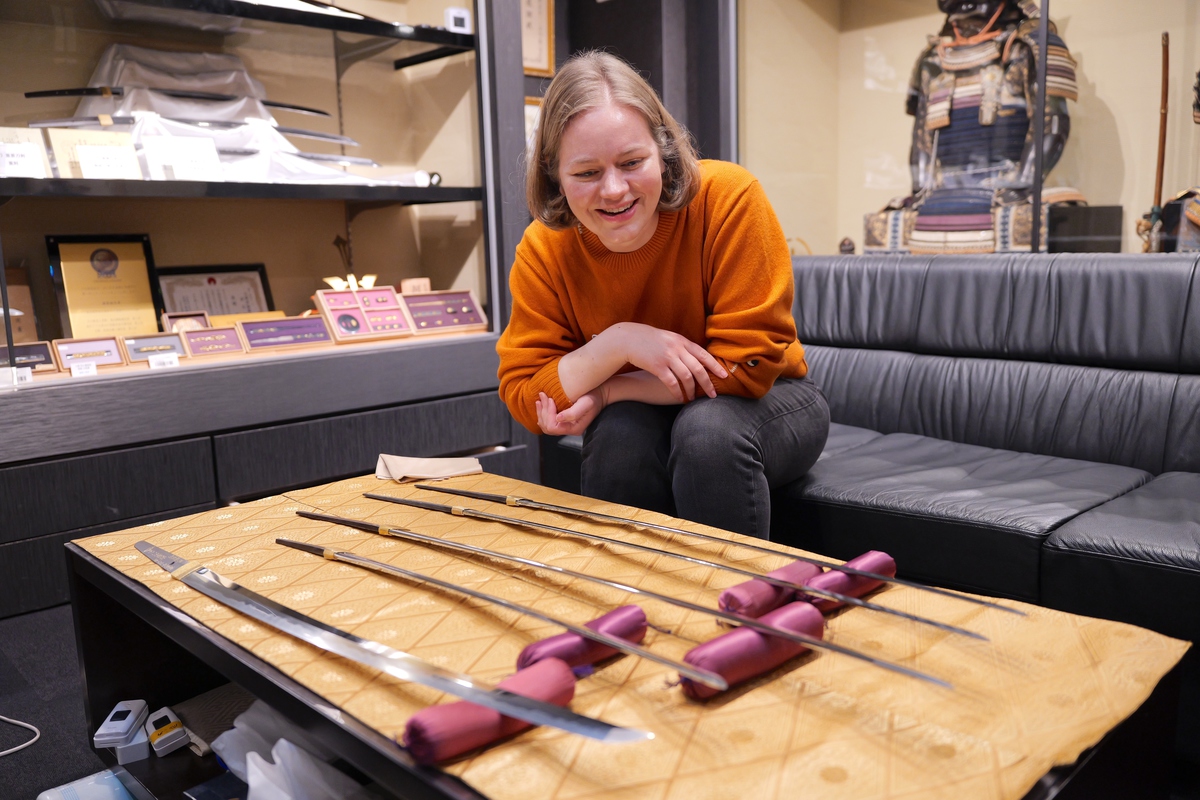
There are various types of Japanese swords because they changed with the times. In the Kamakura (1185–1333) and Nanboku-cho (14th century) periods, when fighting on horseback was the norm, swords were very long, with blade lengths of approximately 70 to 90 cm, allowing for single-handed strikes. From the Sengoku period (1467-1615), samurai fought on foot, so it became important to be able to draw the sword quickly, leading to swords with slightly shorter blades of about 60 cm becoming mainstream. Often, a good sword that had been passed down from generation to generation could be shortened and reused rather than making a new sword.
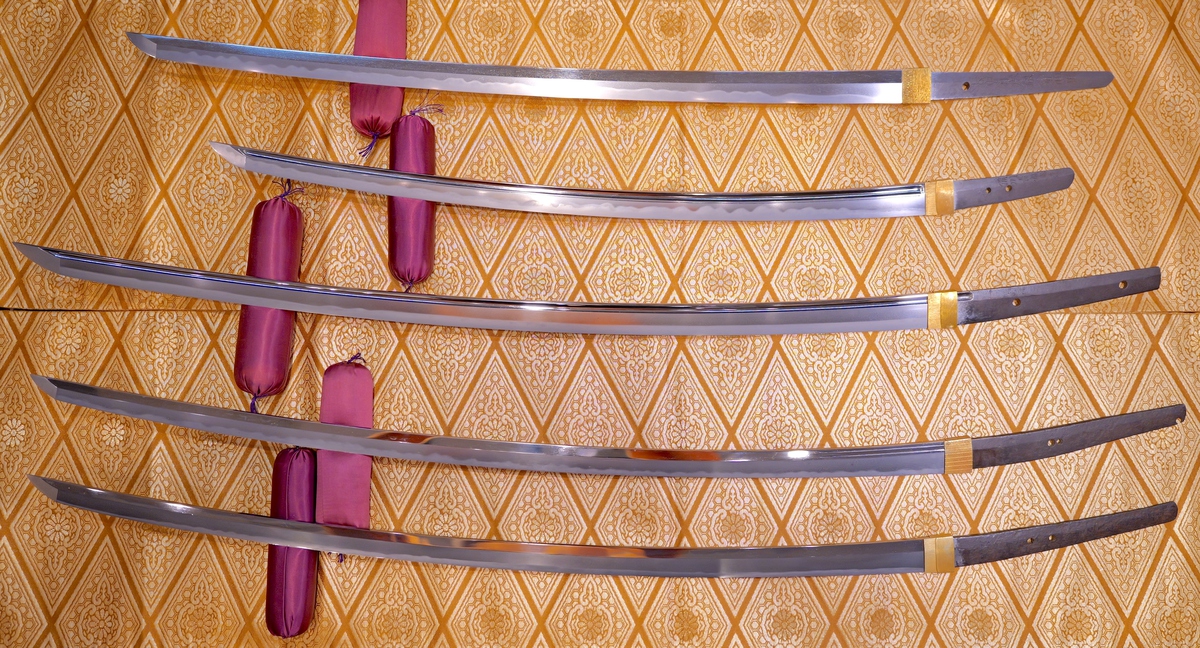
When a sword is shortened, the name of the swordsmith engraved on the tang (the part of the sword covered by the handle) gets cut off. It is extremely rare to find an old Japanese sword that is the original length and still retains the swordsmith’s name.
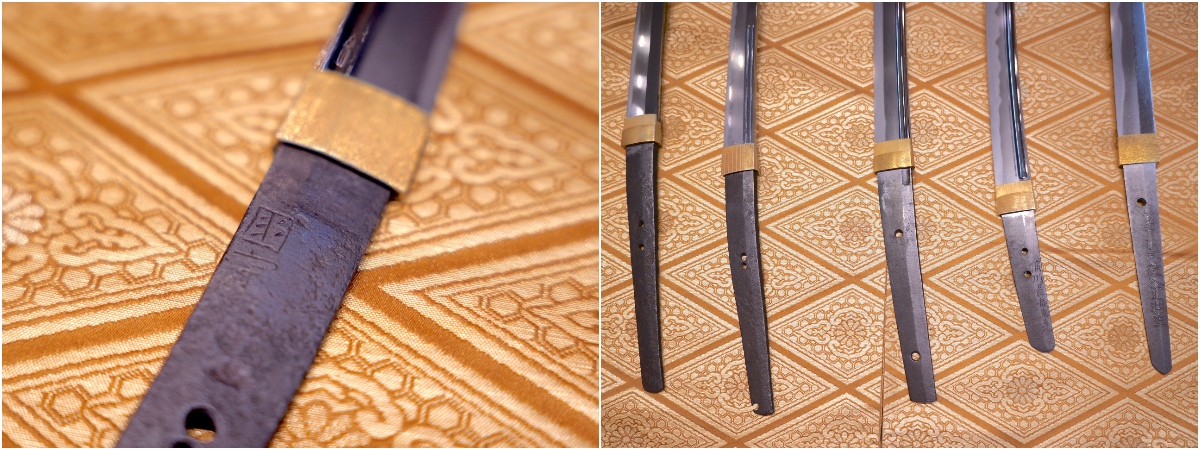
Sword Basics: The Blade Pattern Is Beautiful!
One of the points that determine the beauty of a Japanese sword is the wavy pattern on the blade, called “hamon.” If the temperature during firing is uneven, the strength of the sword may be compromised or the pattern may be uneven, reducing the value of the sword as a work of art. On the other hand, a sword with a dynamic blade pattern can also be viewed as a piece of art.
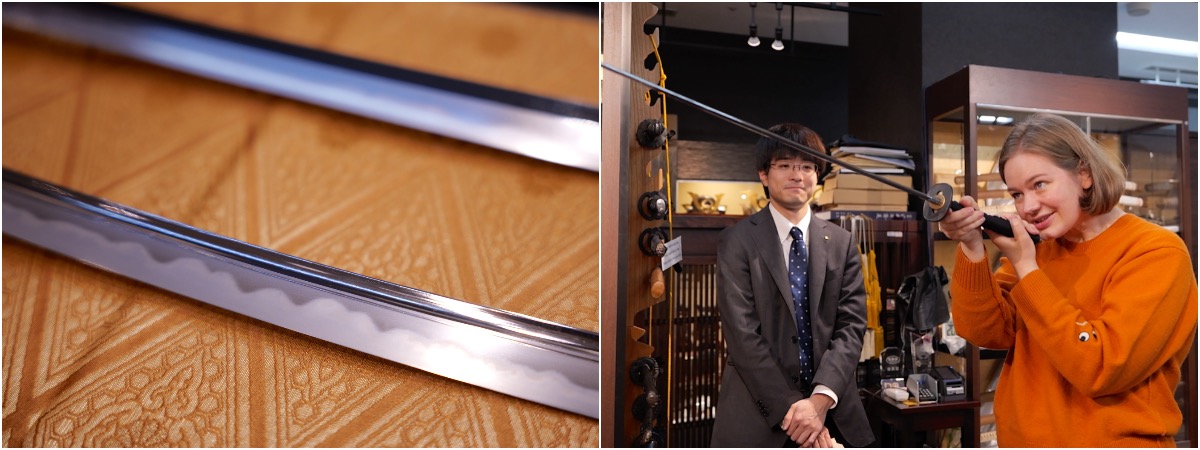
Sword Basics: The Details Are Breathtaking!
What makes a sword valuable as a work of art are the condition of the sword, the carvings on the blade, the blade pattern, the tsuba, the finish of the sheath, the metal collar that holds the sword in its sheath, and the decoration on the handle, called menuki. For example, the sword (wakizashi) shown in the photo below is engraved with Sanskrit characters on one side and a dragon on the other. It is said that it is meant to protect the owner. If you look closely, you can see that the dragon scales are carved in three dimensions, not in a simple pattern.
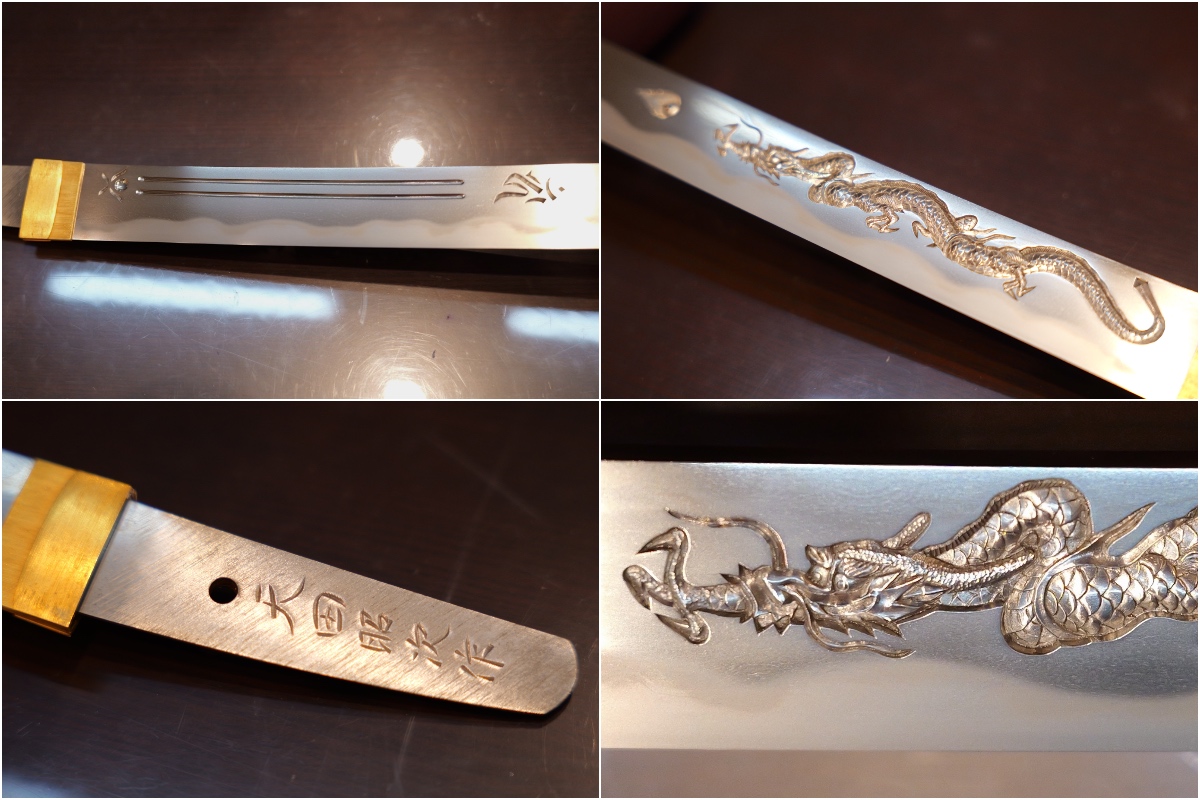
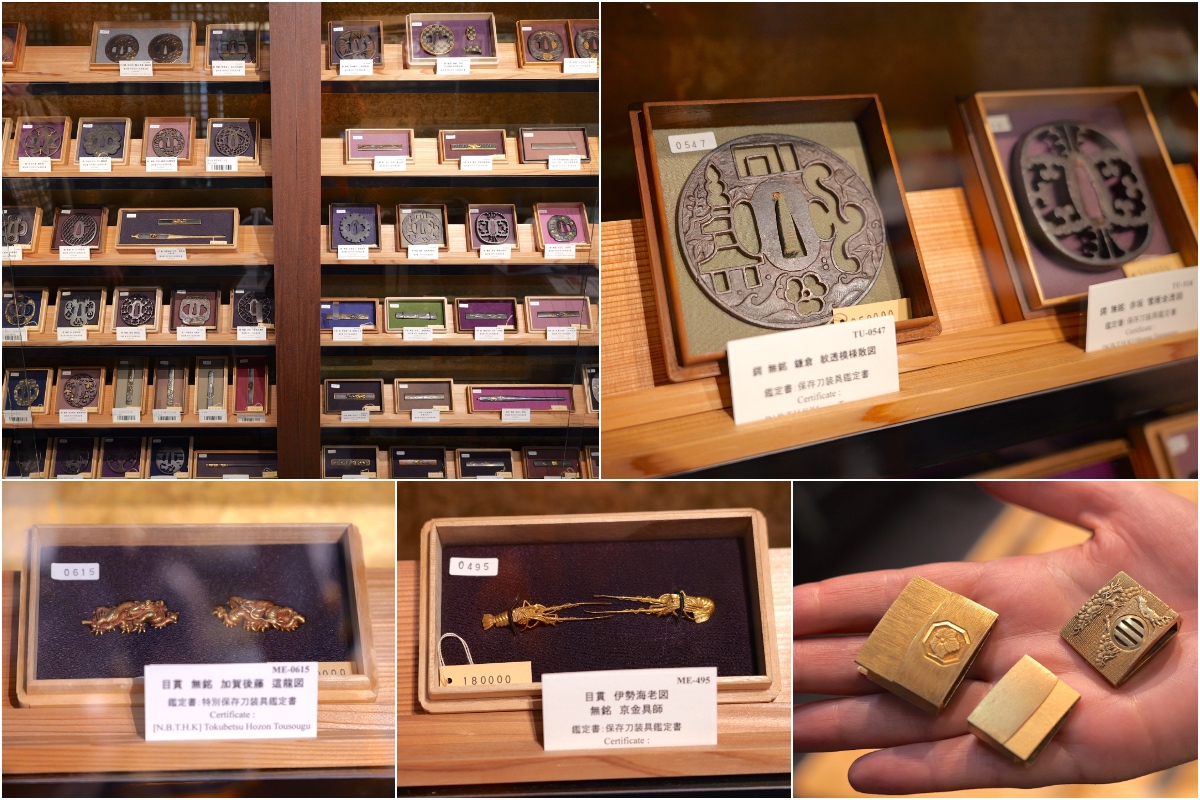
I was completely captivated by Japanese swords, which were made 700 years ago but still look as shiny as new!
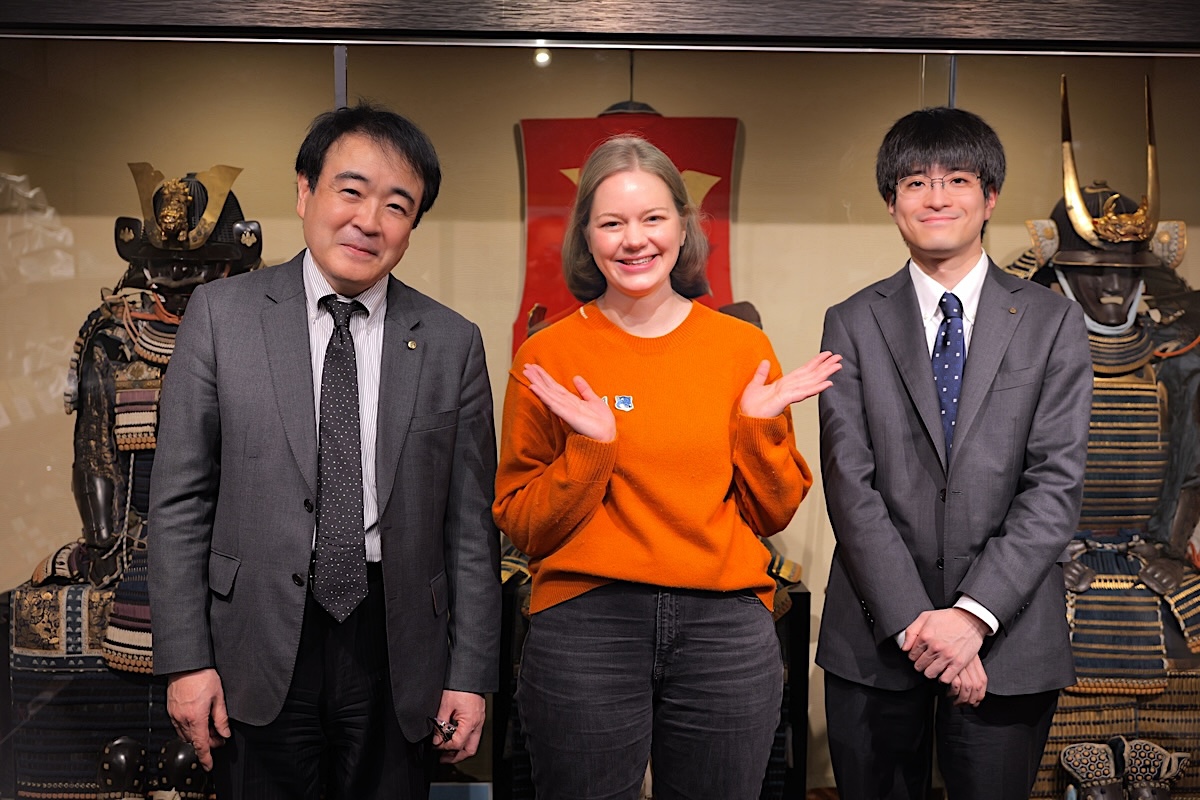
Reader’s Present
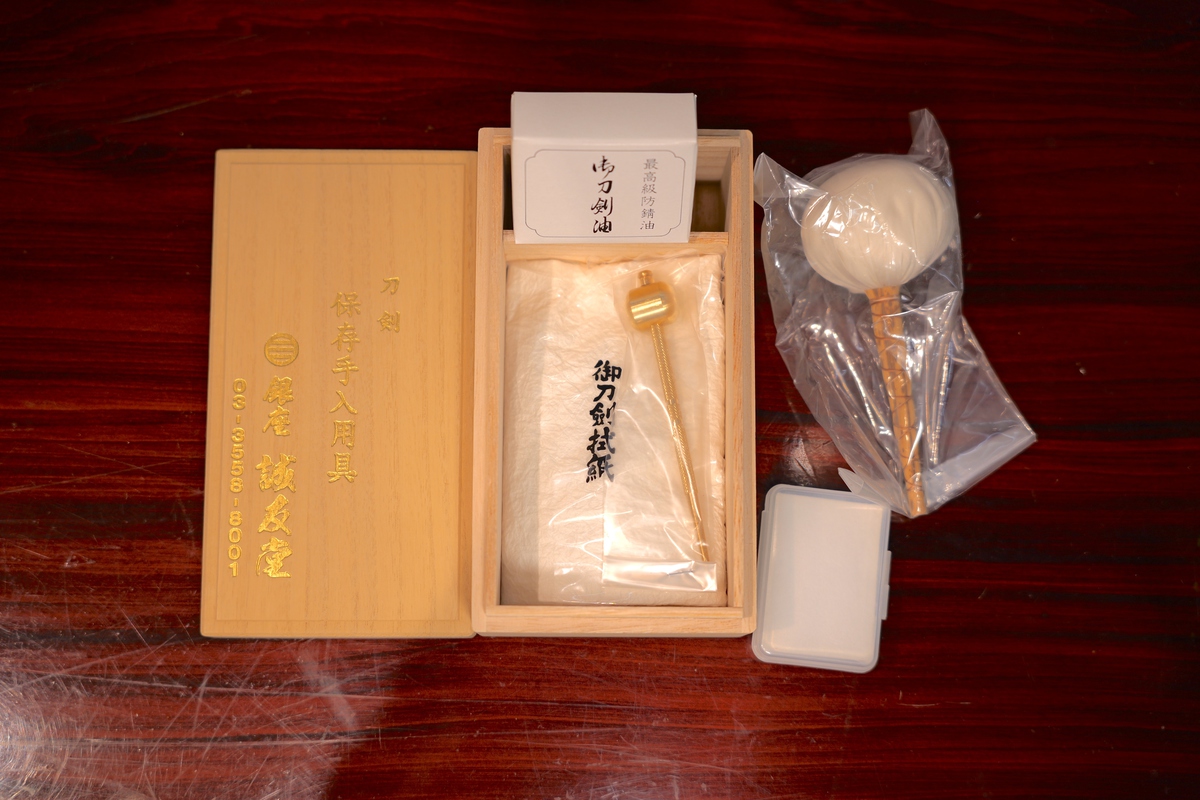
A “Care Tool Set” will be presented to all sword purchasers! Terms and conditions of the gift: Present this article to the staff at Ginza Seiyudo with your smartphone when purchasing a real sword. The “Care Tool Set” present period is until the end of December 2024. Please note that the present will end when the stock runs out.
Ginza Seiyudo
https://www.seiyudo.com/
http://world.seiyudo.com/ (English)
Tokyo Kotsu Kaikan 2F, 2-10-1 Yurakucho, Chiyoda-ku, Tokyo
Google Maps: https://maps.app.goo.gl/ZCCvT5peQuTrcEWm9
Access : Yurakucho Station, Ginza-itchome Station, Ginza Station, Hibiya Station


